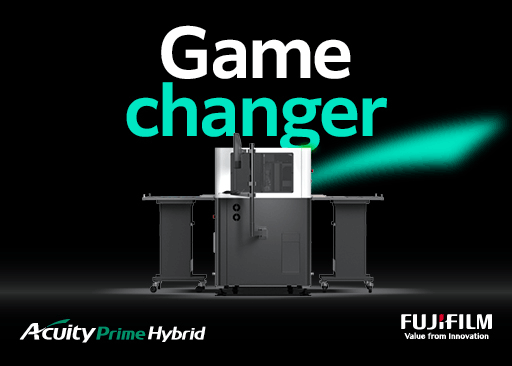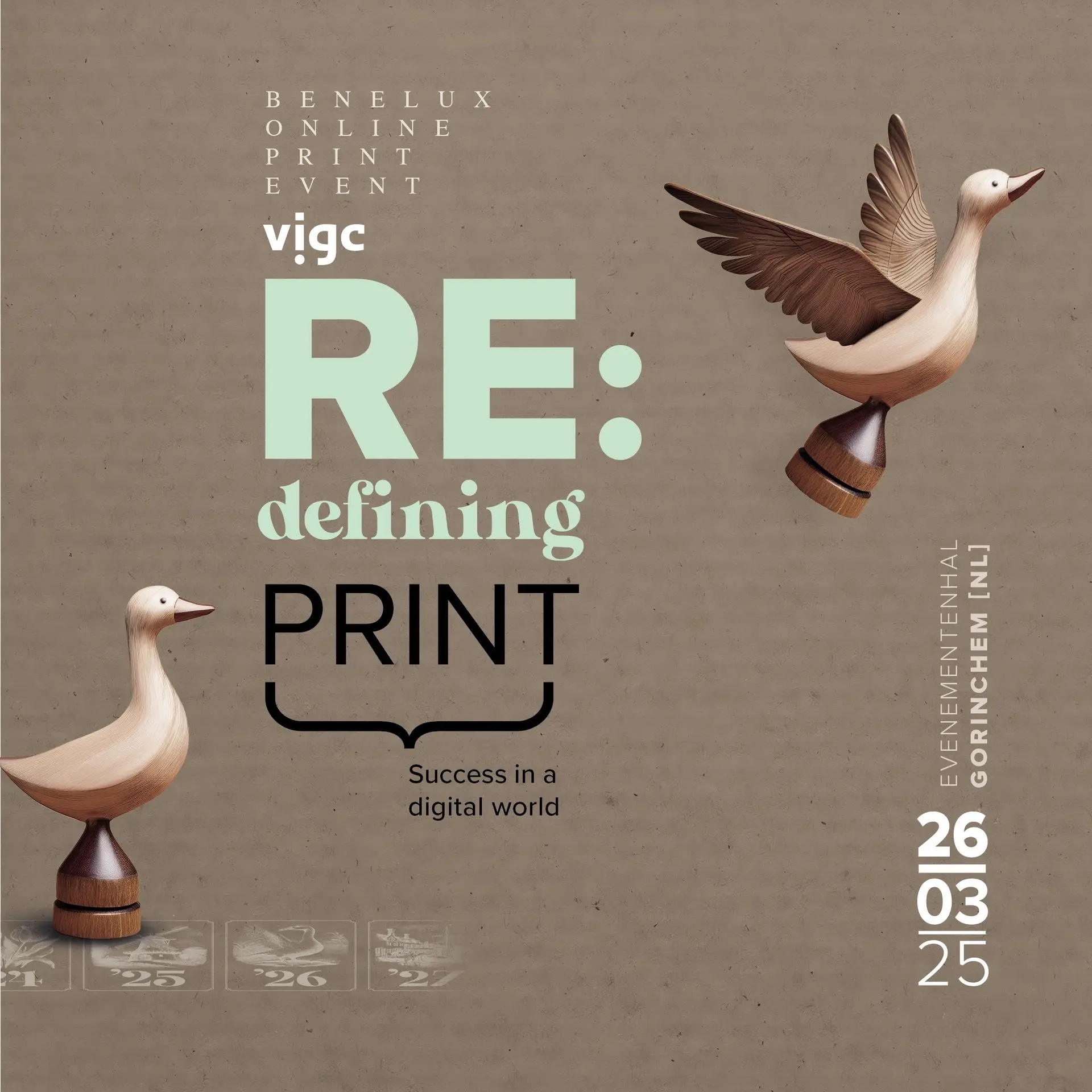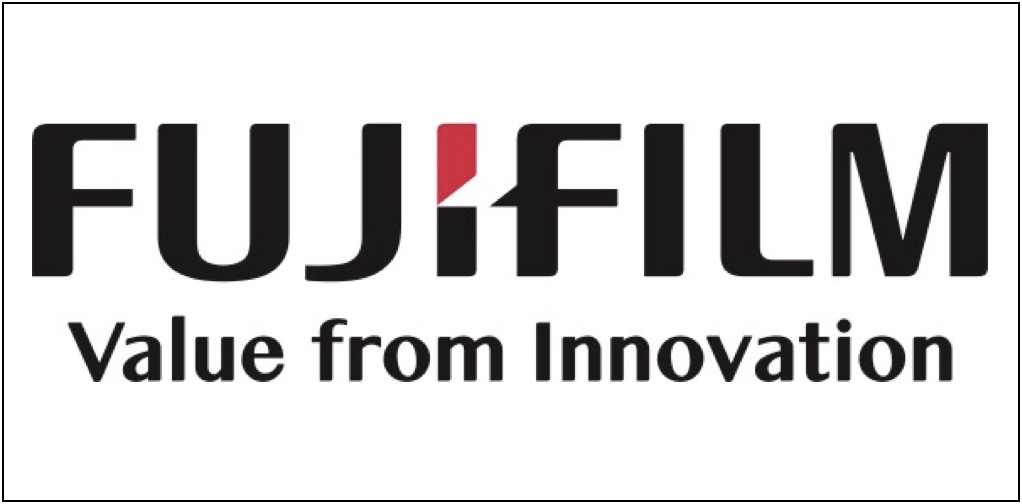Laurel Brunner: Stretching the Boundaries
Auto Paper Stretch Compensation might not sound desperately exciting, but it can save a lot of waste and costs, especially for packaging production. This new technology from Heidelberg will be shown at drupa next year and although Auto Paper Stretch Compensation isn’t positioned in ecological terms it should be. It cuts paper waste, plates, makereadies and emissions.
Based on an analysis of a paper’s stretch characteristics, this software works out what needs to be done to the imaging data to take the paper’s tendencies into account. This means that the imaged plates are accurate first time around and there is no need to remake plates once the effects of the paper’s stretch are apparent on press. Not only does this save the hassle of having to make a new set of plates, it also saves the associated energy and consumables.
A common way to deal with this problem is to make mechanical adjustments of the plates on press. But this is a solution that only works through trial and error, so it can be costly and time consuming. Another approach is to manually adjust the data once it is clear what needs to be done to fix it. This too is expensive and slow. In both cases the press waits idle while the compensation for paper stretch is done and new plates made.
Heidelberg’s solution is a software module that compensates for stretch. The module is ready now and will be available as an integrated module within Prinect next year. Heidelberg are still mulling over how to charge for this software. It makes no sense to charge a high price for companies who will only need to use it from time to time, say for papers they use only occasionally. However the software has a much higher value if it gets used on a regular basis and yields massive savings.
Ten, even five years ago the effort involved to modify page image data before plate imaging would not have seemed worthwhile. It was easier to ignore the waste and emissions associated with inaccurate data processing. But today such a cavalier attitude simply won’t do, if a printer wants to stay in the game. Even little things must be considered and acted on if they can make a difference to productivity and efficiency.
Throughout industry, companies are using software to improve the capacity and performance of manufacturing systems. Printing and publishing are not immune to this trend, however it will take vision and imagination to work out how to exploit software to create new and profitable business models. The newspaper industry is already struggling with this quite visibly, but we expect the creative need to infect all areas of the graphics industry. The good news is that waste rates for materials and energy are coming down all the time.
Laurel Brunner

Dit blog wordt mogelijk gemaakt dankzij de bijdrage van: Agfa Graphics (www.agfa.com), Digital Dots (http://digitaldots.org), drupa (www.drupa.com), EFI (www.efi.com), Fespa (www.fespa.com), Heidelberg (www.uk.heidelberg.com), Kodak (www.kodak.com/go/sustainability), Mondi (www.mondigroup.com/products), Pragati Offset (www.pragati.com), Ricoh (www.ricoh.com), Shimizu Printing (www.shzpp.co.jp), Splash PR (www.splashpr.co.uk), Unity Publishing (http://unity-publishing.co.uk) and Xeikon (www.xeikon.com).
BlokBoek.com is de Nederlandse media-partner van Verdigris, een non-profit initiatief dat de werkelijke voetprint van druk- en printwerk die drukwerk achterlaat eerlijk in kaart wil brengen en dat bedrijven en organisatie steunt om die voetprint te verlagen.
Meer informatie over Verdigris vindt je via deze link.
VIGC BOPE 2025: Redefining print. Success in a digital world. Met o.a. Peter Luit als gesprekleider binnen het panelgesprek ‘Platformeconomie, kansen voor grafimedia bedrijven?’
De trainingen voor 2022 staan gereed. Kijk voor het volledige online aanbod van bestaande- en nieuwe trainingen op de website.
BLOKBOEK.COM EN PRINTMEDIANIEUWS: HET OPTIMALE DOELGROEP BEREIK






















